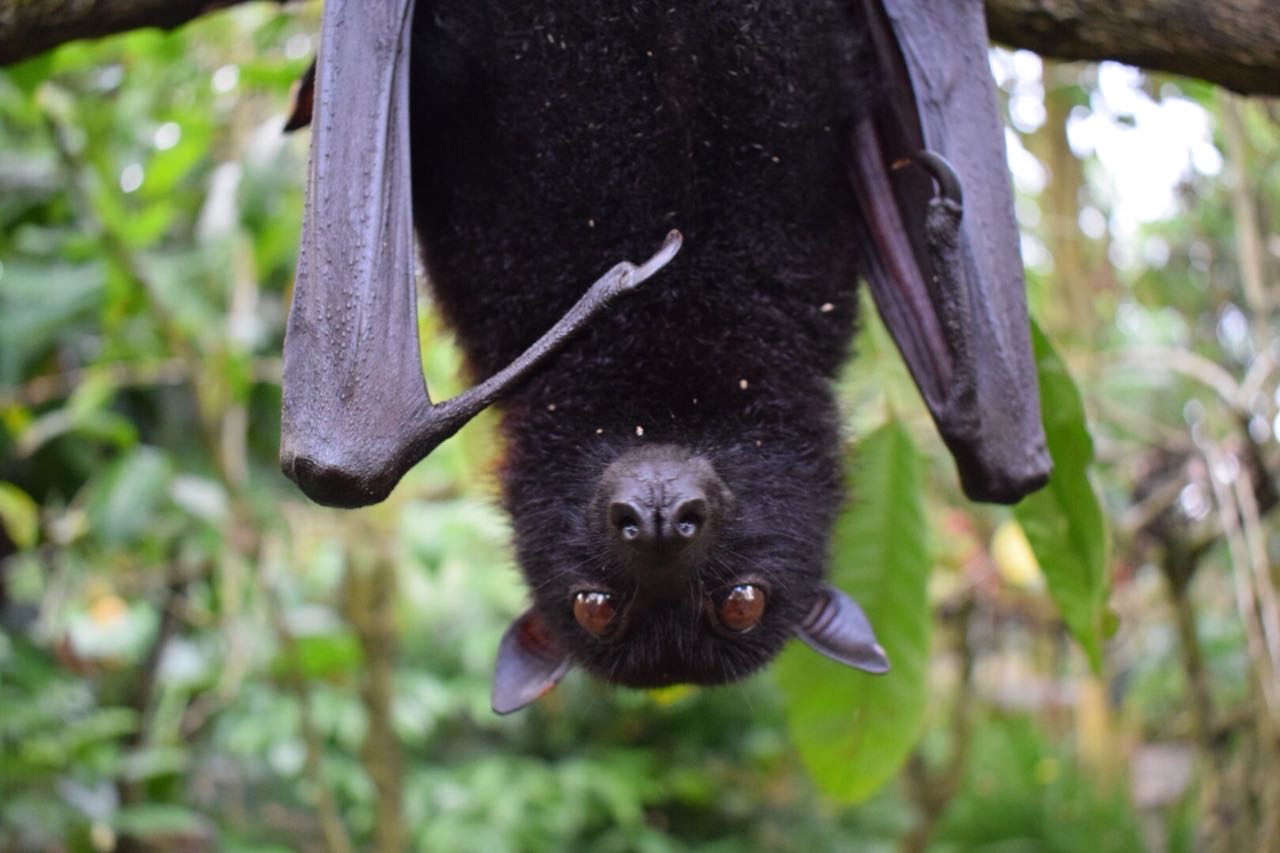

Articles
What Do Bats Sound Like In A Chimney
Modified: August 22, 2024
Discover the eerie sounds of bats in your chimney with our informative articles. Learn what to expect and how to handle the situation effectively.
(Many of the links in this article redirect to a specific reviewed product. Your purchase of these products through affiliate links helps to generate commission for Storables.com, at no extra cost. Learn more)
Introduction
Welcome to the captivating world of bats and chimneys! If you’ve ever wondered what those mysterious sounds coming from your chimney are, there’s a good chance that bats are the culprits. Bats are fascinating creatures that have long been associated with dark, eerie caves, but they’ve also found a new home in chimneys.
In this article, we will explore why bats are drawn to chimneys, the distinctive sounds they make, how to identify them, the dangers of having bats in a chimney, and most importantly, how to safely remove them. We will also provide you with handy prevention tips to keep these flying mammals from making your chimney their cozy abode.
Bats play a crucial role in our ecosystem, but when they decide to take up residence in our chimneys, it can lead to a myriad of problems. So, let’s dive in and unravel the secrets of what bats sound like in a chimney.
Key Takeaways:
- Understanding the sounds bats make in a chimney, such as scratching, squeaking, and fluttering, is crucial for identifying their presence and taking appropriate action for safe removal.
- Prevention is key to keeping bats out of chimneys. Regular inspections, repairs, and the installation of chimney caps and screens help create a less appealing environment for bats, ensuring a bat-free chimney and a safer living environment.
Read more: What Do Bats Sound Like In Your Attic
Why Bats Are Drawn to Chimneys
Chimneys provide bats with an ideal habitat due to several factors. First and foremost, chimneys offer a dark and secluded space, mimicking the natural caves and crevices where bats typically roost. Bats are nocturnal creatures, and they prefer dark and quiet areas to rest during the day.
Furthermore, chimneys often provide a warm environment, especially when connected to a functioning fireplace. This warmth creates a cozy and comfortable space for bats to rest and regulate their body temperature. Additionally, the narrow and vertical structure of chimneys allows bats to easily hang upside down—a sleeping position that they naturally prefer.
Another attraction for bats is the abundance of insects around chimneys. Bats are expert insect hunters, and chimneys serve as a prime feeding ground. Insects are attracted to the warmth and light emitted from chimneys, drawing bats closer to their food source. This symbiotic relationship between bats and insects makes chimneys an irresistible hunting ground for bats.
It’s essential to note that bats are protected species in many regions, and they are vital for insect control and pollination. Therefore, it’s important to take a humane approach when dealing with bats in chimneys, focusing on prevention and safe removal methods rather than harming these beneficial creatures.
The Sounds Bats Make in a Chimney
When bats decide to take up residence in a chimney, they can produce a variety of sounds. It’s important to be able to identify these sounds to confirm the presence of bats and take appropriate action.
One common sound you may hear is a scratching or crawling noise. As bats move around in the confined space of the chimney, their sharp claws can create this distinctive sound. This scratching noise is often a result of bats climbing up and down the walls or attempting to find a suitable roosting spot.
Bats are also known to emit high-pitched squeaking or chirping sounds. These vocalizations are an integral part of their communication and echolocation system. Bats use echolocation to navigate and find their way in the darkness, as well as to locate prey. The squeaking sounds can range from soft and subtle to loud and persistent, depending on the activity level of the bats.
Additionally, you may hear fluttering or flapping sounds as bats take flight within the chimney. Bats have powerful wings that produce a distinctive flapping sound when they move around. These sounds may be more pronounced if there are several bats present in the chimney.
It’s important to note that the sounds bats make in a chimney can also vary depending on the time of day. Bats are mostly active during dusk and dawn, so you may hear more noise during these periods as they leave or return to the chimney.
If you have any doubts about the sounds you’re hearing, it’s best to consult with a professional wildlife removal expert who can properly identify the source and provide appropriate advice and assistance.
Identifying Bat Sounds in a Chimney
Identifying bat sounds in a chimney can be a challenging task, especially if you’re unfamiliar with the unique sounds bats make. However, there are several key factors to consider to help distinguish bat sounds from other noises in your chimney.
Firstly, pay attention to the time when the sounds are most prominent. Bats are nocturnal creatures, so their activity levels increase during the evening and nighttime hours. If you notice scratching, squeaking, or fluttering sounds predominantly during these hours, it’s a strong indication that bats are present in your chimney.
Secondly, consider the pattern and frequency of the sounds. Bats tend to be quite active and move about in quick bursts, so the sounds they produce may be erratic and sporadic. Pay attention to any repeated patterns or sequences of sounds that occur regularly.
Next, listen carefully to the pitch and tone of the sounds. Bat vocalizations are typically high-pitched and can vary in intensity. If you hear continuous high-pitched squeaking sounds or chirping noises, it is highly likely that bats are roosting in your chimney.
Another important aspect to consider is the location of the sounds. Bats within the chimney will produce sounds that echo and reverberate within the narrow space. If the sounds appear to be coming from within the chimney and not from outside sources, it is a strong indication of bats.
If you’re unsure about the sounds you’re hearing or need confirmation, it is recommended to seek assistance from professionals who specialize in bat removal and control. They have the experience and expertise to properly identify the sounds and take the necessary steps to address the bat infestation in your chimney.
Remember, it is crucial to approach bat removal with caution and respect for these protected creatures, ensuring their safe relocation and preservation of the ecosystem they contribute to.
How Bats Enter and Exit a Chimney
Understanding how bats enter and exit a chimney is key to effectively addressing a bat infestation. Bats are incredibly agile and have unique abilities that allow them to navigate through tight spaces.
Bats typically enter the chimney through gaps or openings on the exterior of the house. These openings can be small cracks, loose bricks, or damaged chimney caps. Bats are capable of squeezing through tiny openings as small as a quarter-inch in diameter.
Once bats have identified a suitable entry point, they use their sharp claws to climb up the exterior walls of the chimney. Bats are skilled climbers, and their ability to cling to vertical surfaces aids in their ascent.
When it comes to exiting the chimney, bats rely on their wings and echolocation skills. They drop down from their roosting spot inside the chimney and use their wings to flight upwards, gradually gaining altitude. Bats are agile flyers, and they can easily maneuver through the tight space of the chimney and out through the opening.
During their exit, bats may produce fluttering or flapping sounds as their wings beat against the chimney walls. The sound can be quite distinctive and can indicate the presence of bats.
It’s important to note that bats commonly use the same entry and exit points when re-entering the chimney. They have a strong homing instinct and will return to the roosting area they have established.
To prevent further entry by bats, it’s essential to identify and seal any potential entry points on the exterior of the chimney. This may require professional assistance to ensure that the entries are properly sealed without harming the bats or damaging the structure.
Remember, bats are protected species in many regions and should be handled with care. It is advisable to consult with professionals who have expertise in bat removal and exclusion to ensure a safe and humane approach.
To determine if bats are in your chimney, listen for high-pitched squeaking or scratching sounds at dusk or dawn. Use a flashlight to check for guano or bat droppings near the chimney. If you suspect bats, contact a professional for safe removal.
Read more: What Do Mice In The Attic Sound Like
Dangers of Having Bats in a Chimney
Having bats in a chimney can pose various risks and dangers to both your home and your health. Understanding these dangers is essential to prompt action and effective bat removal.
Firstly, bats are carriers of various diseases, including rabies. Although the occurrence of rabies in bats is relatively low, it is still a concern. Bats can transmit the virus through their bites, scratches, or if their saliva comes into contact with an open wound or mucous membrane. Therefore, it is crucial to avoid direct contact with bats and seek medical attention if you believe you may have been exposed.
Another health risk associated with bats is the accumulation of their droppings, also known as guano. Bat guano can contain harmful pathogens, such as Histoplasma capsulatum, which causes a respiratory illness known as histoplasmosis. Breathing in the spores from bat guano can lead to flu-like symptoms, especially in individuals with weakened immune systems.
Furthermore, bat guano can cause damage to your chimney’s infrastructure. The high nitrogen content in bat droppings can accelerate corrosion of metal components, such as chimney liners or flue pipes. Over time, this can lead to structural integrity issues and costly repairs.
Additionally, the constant scratching and movement of bats within the chimney can cause disturbance and annoyance, especially if the noises continue throughout the night. This disturbance can disrupt your sleep and create a nuisance for occupants of the house.
Last but not least, if bats are not properly removed from the chimney, they may expand their colony or attract other bats to the area. This can result in a larger infestation, making it more challenging to handle the situation and increasing the potential risks and dangers associated with bats.
Considering these hazards, it is crucial to take immediate action to address a bat infestation in your chimney. Engaging the services of professionals experienced in bat removal is recommended, as they can safely and humanely handle the situation while mitigating the associated risks.
Removing Bats from a Chimney
Removing bats from a chimney requires a careful and humane approach to ensure the safety of both the bats and the individuals involved. It is important to follow these steps to effectively remove bats from your chimney:
- Assess the situation: Determine the extent of the bat infestation by listening for sounds and observing bat activity. It is best to conduct this assessment during dusk or dawn when bats are more likely to be active.
- Wait for the right time: Bats are protected species, and it is important to avoid disturbing them during their maternity season. Most bat species give birth between April and August, and disturbing them during this time can separate mothers from their offspring. If possible, wait until the maternity season is over before taking any further action.
- Seal potential entry points: Before removing the bats, identify and seal any possible entry points on the exterior of the chimney to prevent bats from re-entering. Ensure that the closure is done properly, considering the size of bats and their ability to squeeze through tiny openings.
- Install a one-way exclusion device: To encourage the bats to leave the chimney without being able to return, install a one-way exclusion device over the main entry point. This device allows the bats to exit freely but prevents them from re-entering. It is essential to ensure that there are no other secondary entry points.
- Allow bats to exit: Leave the exclusion device in place for several nights to give the bats ample time to exit the chimney. It may take a few days or longer for all bats to leave, so be patient.
- Remove the exclusion device: Once you are confident that all bats have left the chimney, remove the exclusion device and seal the main entry point.
- Clean and sanitize the area: After the bats have been removed, it is important to clean and sanitize the area affected by droppings or guano. Take precautions such as wearing protective gear and using appropriate cleaning products to minimize the risk of exposure to any pathogens.
- Maintain preventive measures: To prevent future bat infestations in your chimney, regularly inspect and maintain the exterior of your chimney, including chimney caps, screens, and any potential entry points. By addressing these vulnerabilities, you can discourage bats from re-establishing their presence.
It is worth noting that bat removal can be a complex and sensitive process. If you are unsure or uncomfortable handling bat removal on your own, it is recommended to seek professional assistance from wildlife experts who specialize in humane bat removal methods.
Prevention Tips for Keeping Bats Out of Chimneys
Preventing bats from entering your chimney is the most effective way to avoid the hassle of bat infestations. By taking proactive measures, you can create an inhospitable environment for bats and discourage them from choosing your chimney as their roosting spot. Here are some prevention tips:
- Inspect and repair the chimney: Regularly inspect the exterior of your chimney for any cracks, gaps, or loose bricks. Repair these issues promptly to eliminate potential entry points for bats.
- Install a chimney cap: Install a sturdy chimney cap with a mesh screen to cover the top of your chimney. Ensure that the mesh openings are small enough to prevent bats from squeezing through.
- Seal openings and crevices: Seal any gaps around the chimney, roofline, or siding using materials like caulk, wire mesh, or weather-stripping. Pay attention to areas where bats may find entry, such as loose shingles or missing mortar.
- Trim tree branches: Trim any tree branches that hang close to your chimney. Bats can use these branches as a bridge to access your chimney easily.
- Install bat houses: Provide alternative roosting options for bats by installing bat houses on nearby trees or your property. This encourages bats to choose these designated areas instead of your chimney.
- Keep lights off: Avoid leaving lights on near your chimney, especially during the evening and nighttime. Bats are attracted to insects that are drawn to light, so reducing light sources can help deter them.
- Maintain your chimney: Regularly clean your chimney to remove any debris or remnants that could attract bats or other wildlife. This includes removing bird nests or other roosting materials that may entice bats.
- Consult with professionals: If you have persistent issues with bats in your chimney or need assistance with prevention, consult with professionals who specialize in wildlife exclusion and bat management. They can provide expert advice and help implement effective preventive measures.
Remember, bats are protected species and play an important role in the ecosystem. It’s important to approach prevention and removal with care and respect for these creatures. By implementing these prevention tips, you can create a bat-free environment and enjoy a chimney free from furry visitors.
Conclusion
Bats in chimneys can be both fascinating and concerning. While they are beneficial for insect control and pollination, having bats roosting in your chimney can pose risks to your health, home, and overall peace of mind. Understanding their behavior, the sounds they make, and the dangers they present is crucial in addressing bat infestations and preventing future occurrences.
From the scratching noises they make while climbing the chimney walls to the high-pitched squeaks and fluttering sounds they emit, identifying bat activity in your chimney is the first step towards taking appropriate action. Engaging professionals who specialize in bat removal ensures a safe and humane approach, safeguarding both the bats and your home.
While removing bats from your chimney, it is essential to seal off any potential entry points and install one-way exclusion devices to encourage their departure without allowing re-entry. Cleaning and sanitizing the affected area afterwards helps eliminate any health risks associated with bat droppings.
Prevention is key to keeping bats out of chimneys. Regular inspections, repairs, and the installation of chimney caps and screens help create a less appealing environment for bats. Trimming tree branches near the chimney, reducing light sources, and providing alternative roosting options, such as bat houses, can further discourage bats from choosing your chimney as their new home.
Remember to approach bat removal and prevention with care and respect for these protected species. Seek professional guidance, especially during the maternity season, to ensure the well-being of both bats and humans.
By implementing these measures and staying vigilant, you can enjoy a bat-free chimney and a safer, more comfortable living environment for you and your family.
Frequently Asked Questions about What Do Bats Sound Like In A Chimney
Was this page helpful?
At Storables.com, we guarantee accurate and reliable information. Our content, validated by Expert Board Contributors, is crafted following stringent Editorial Policies. We're committed to providing you with well-researched, expert-backed insights for all your informational needs.
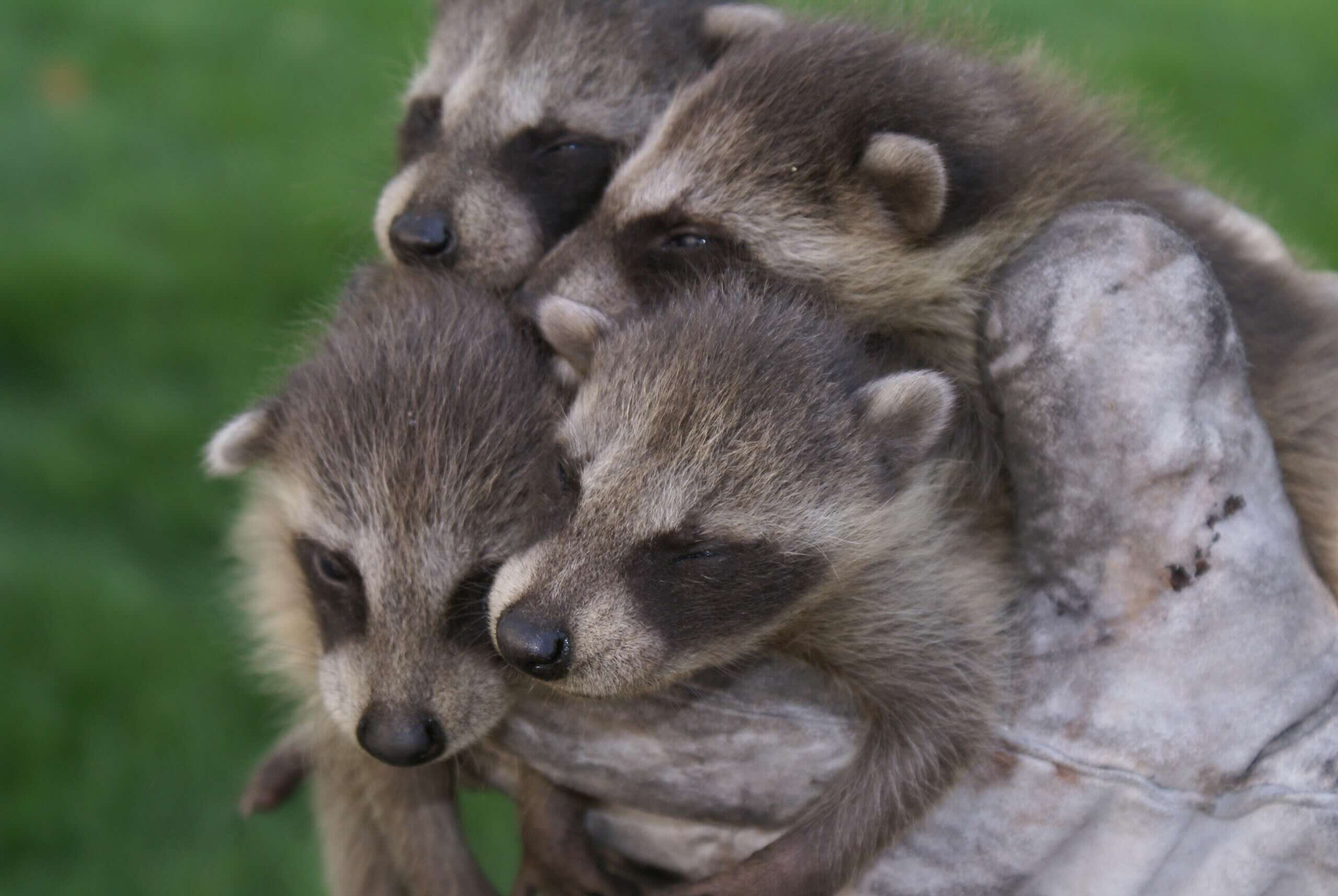
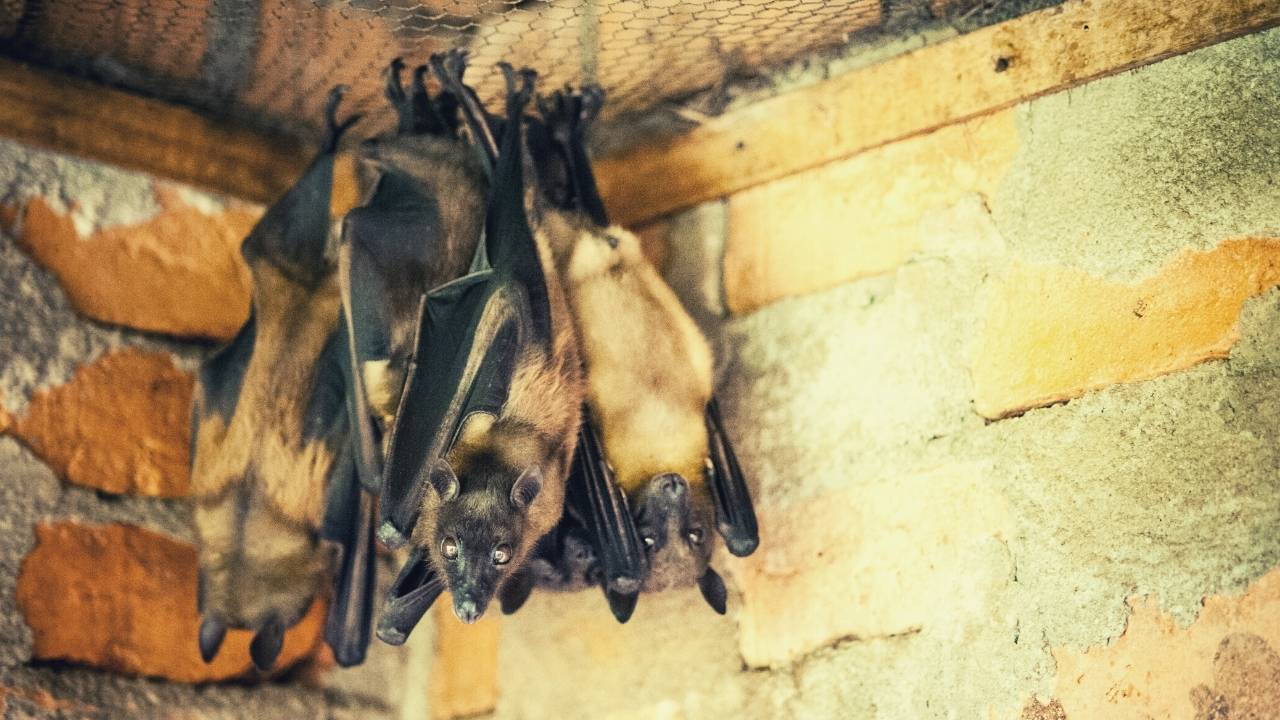

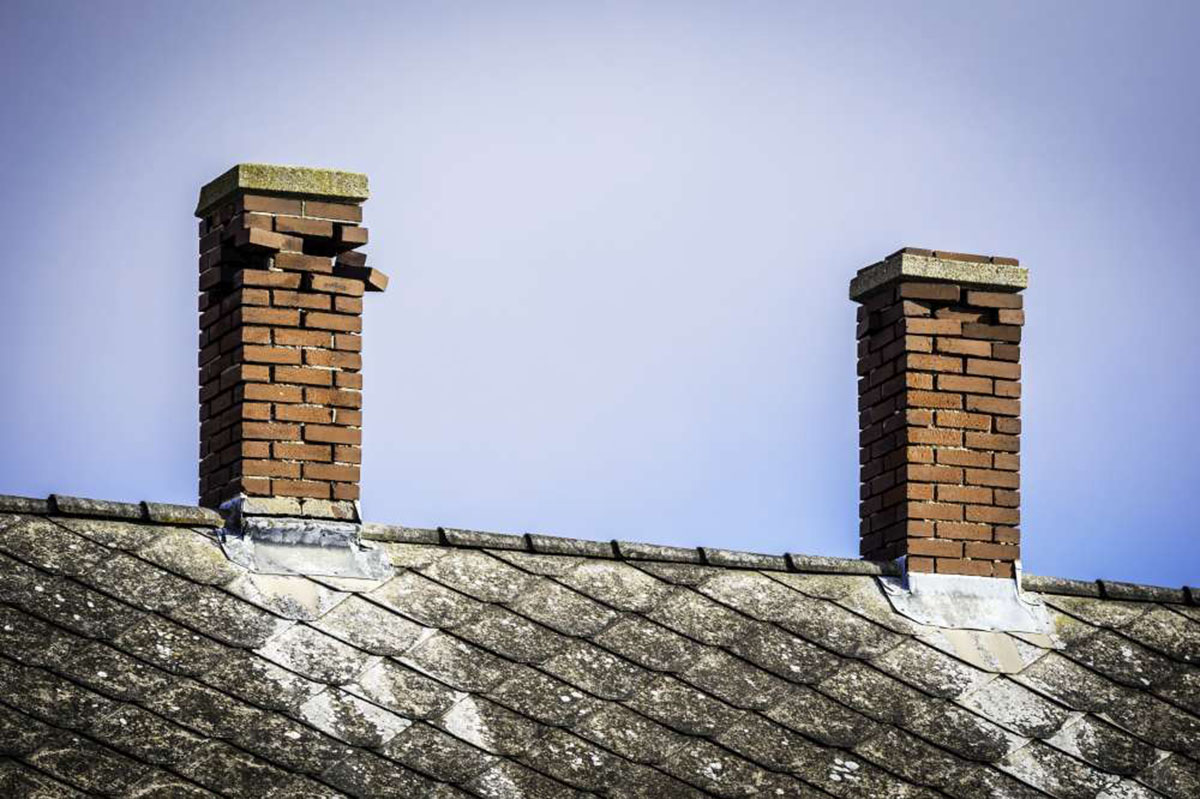
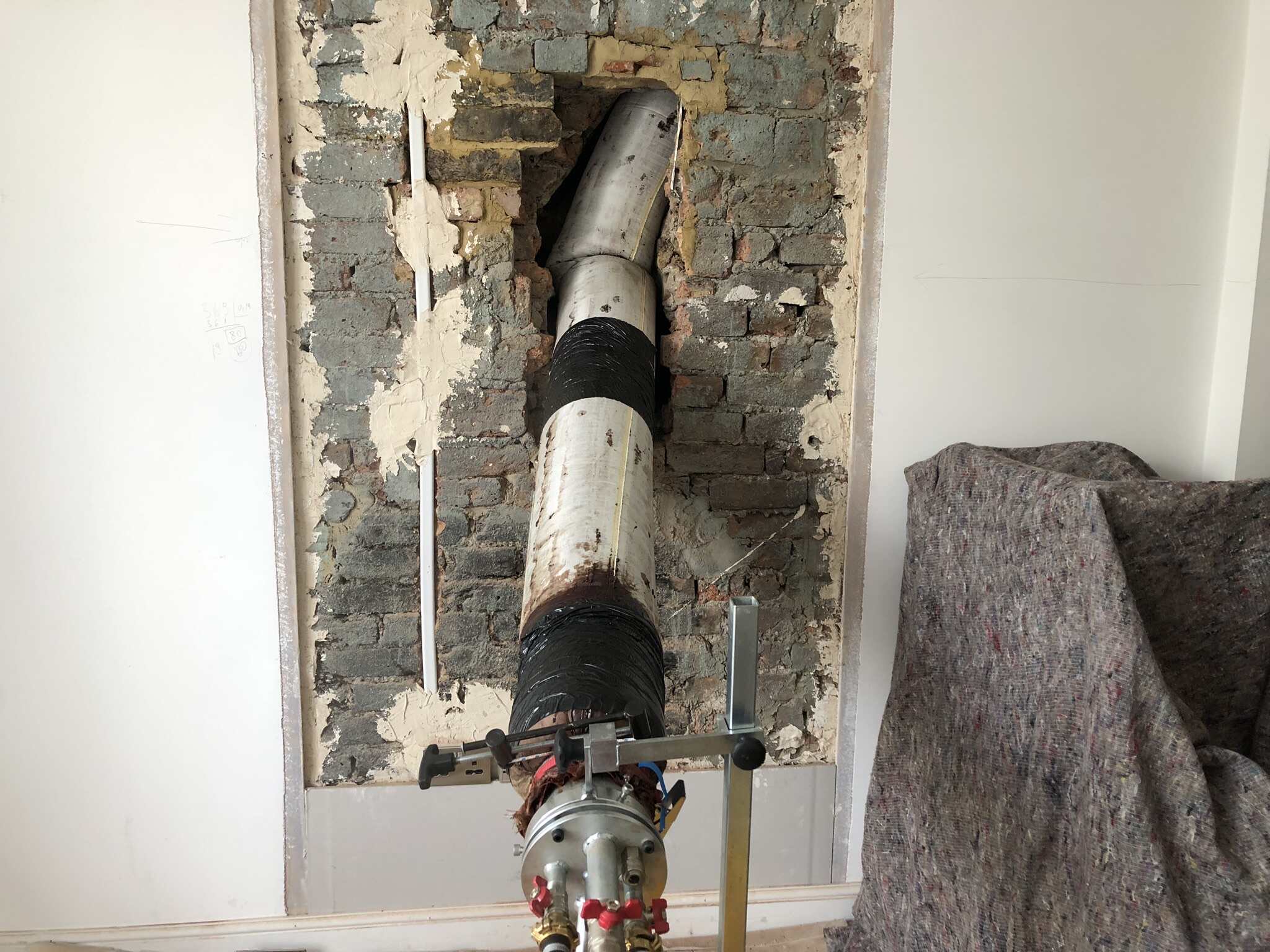

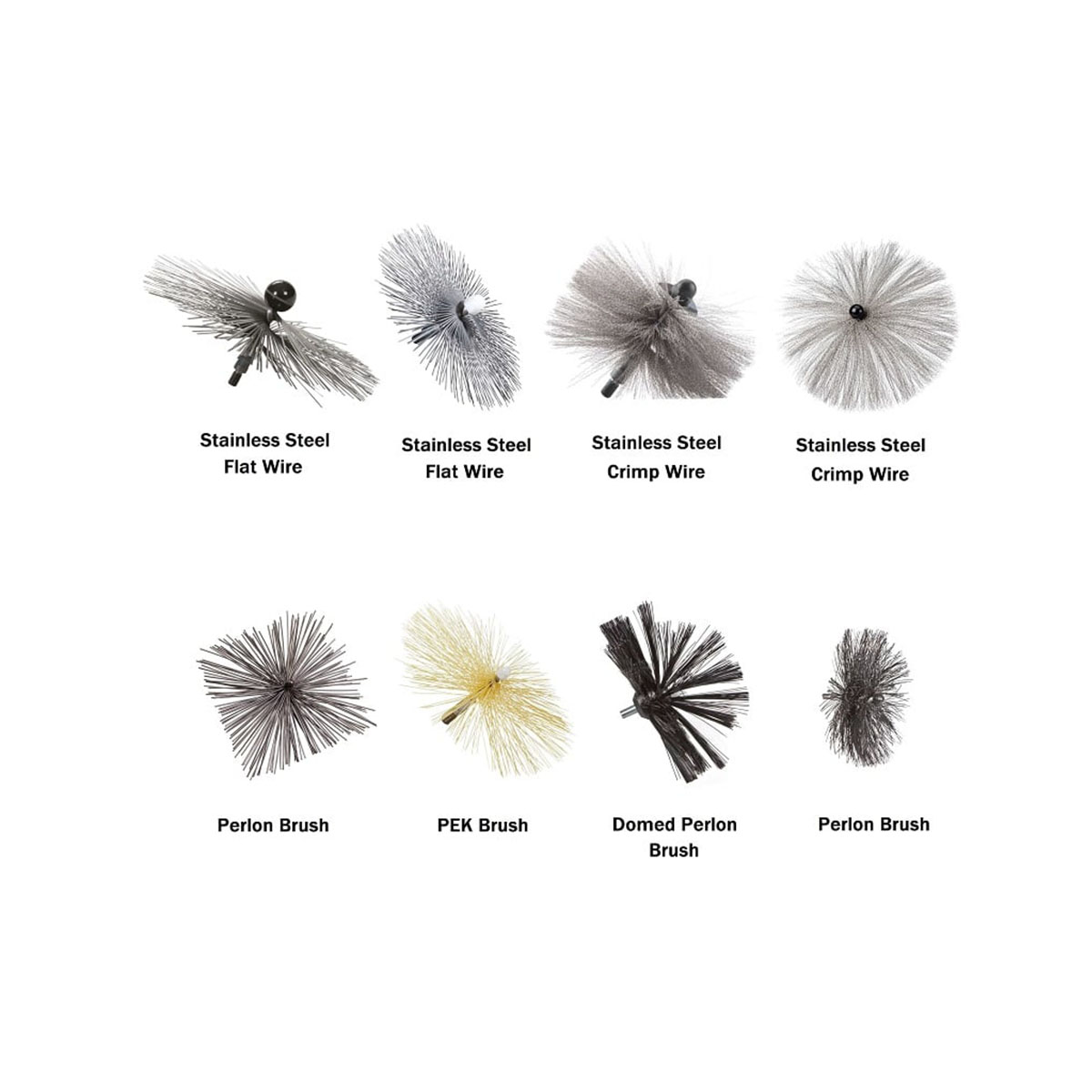
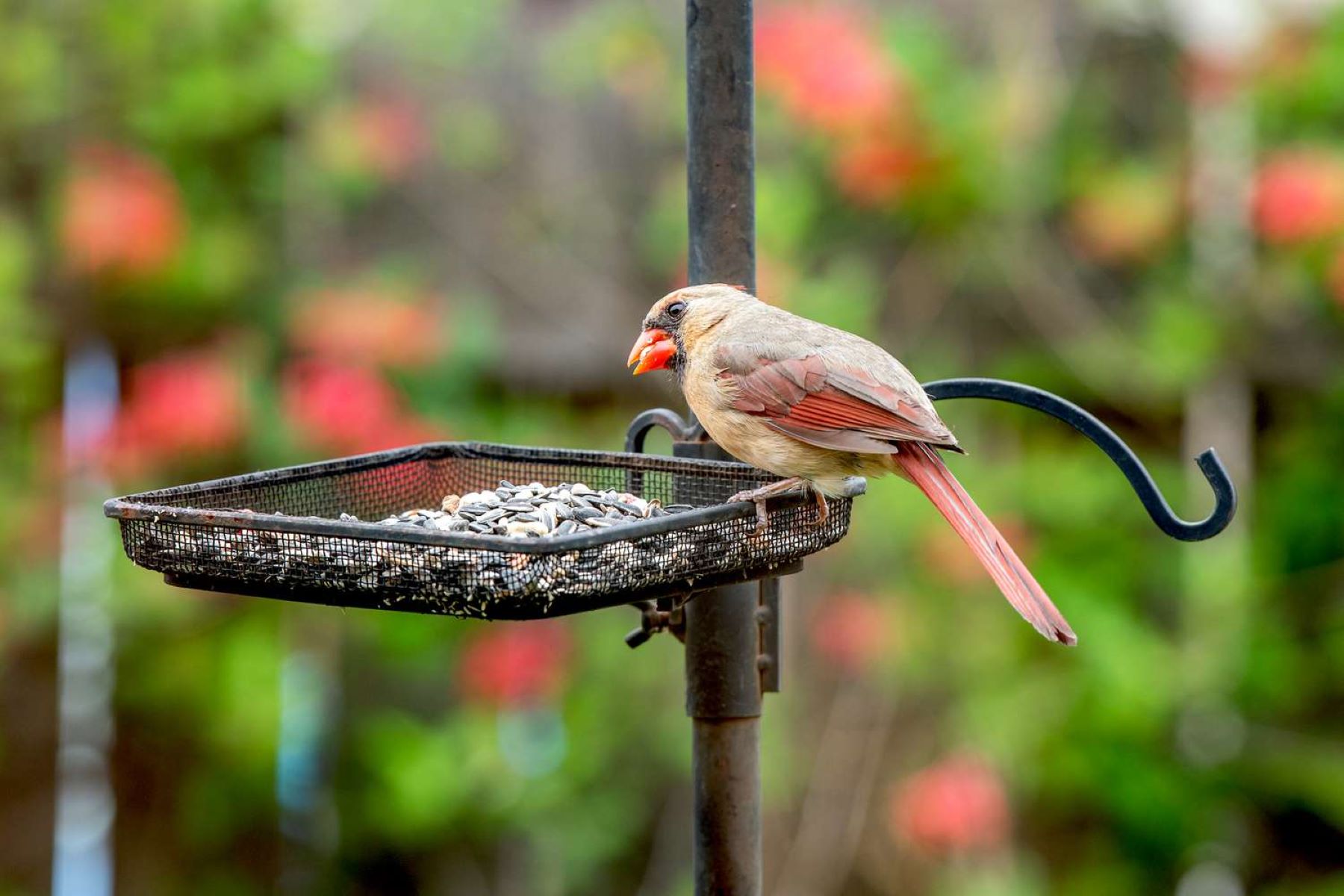

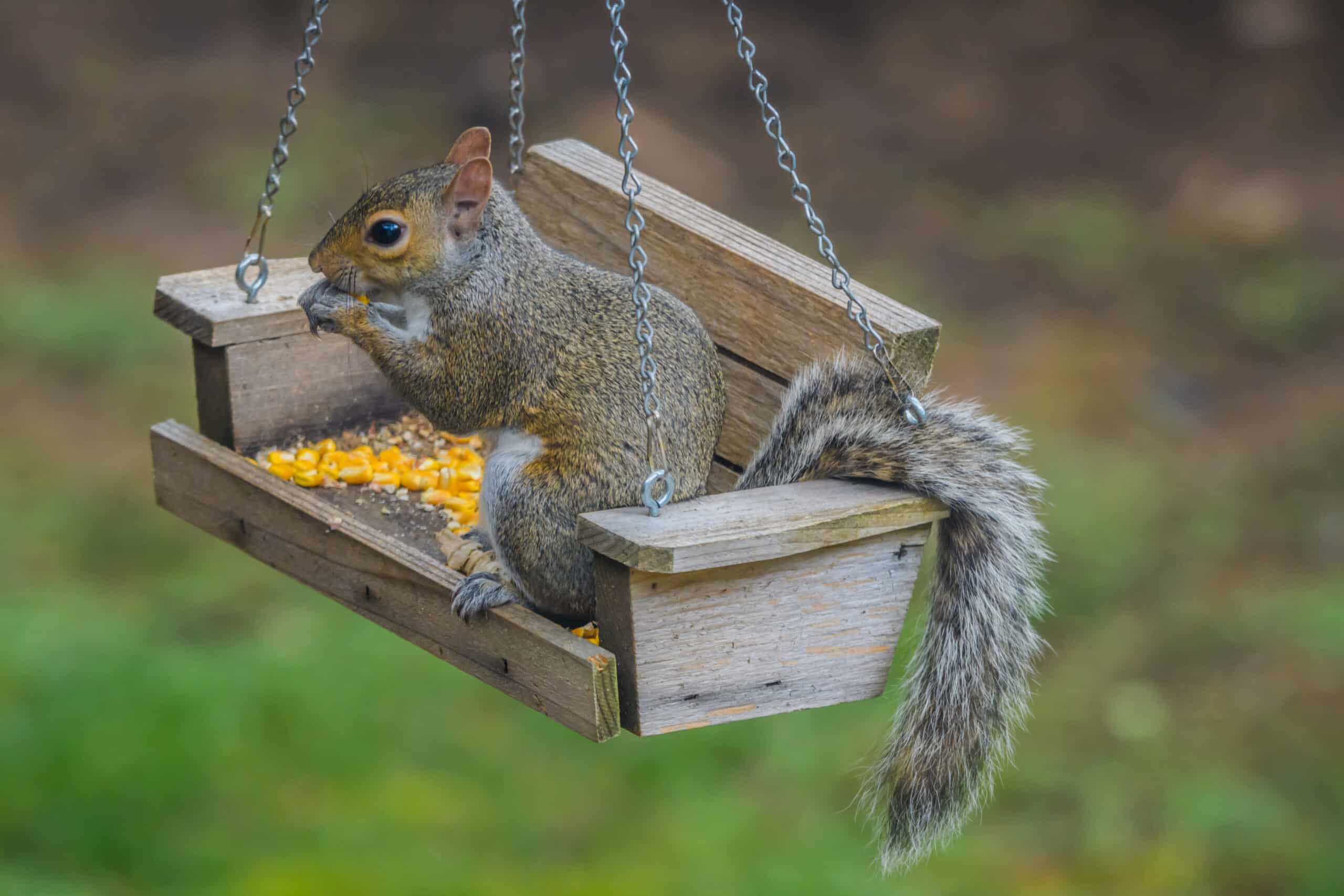
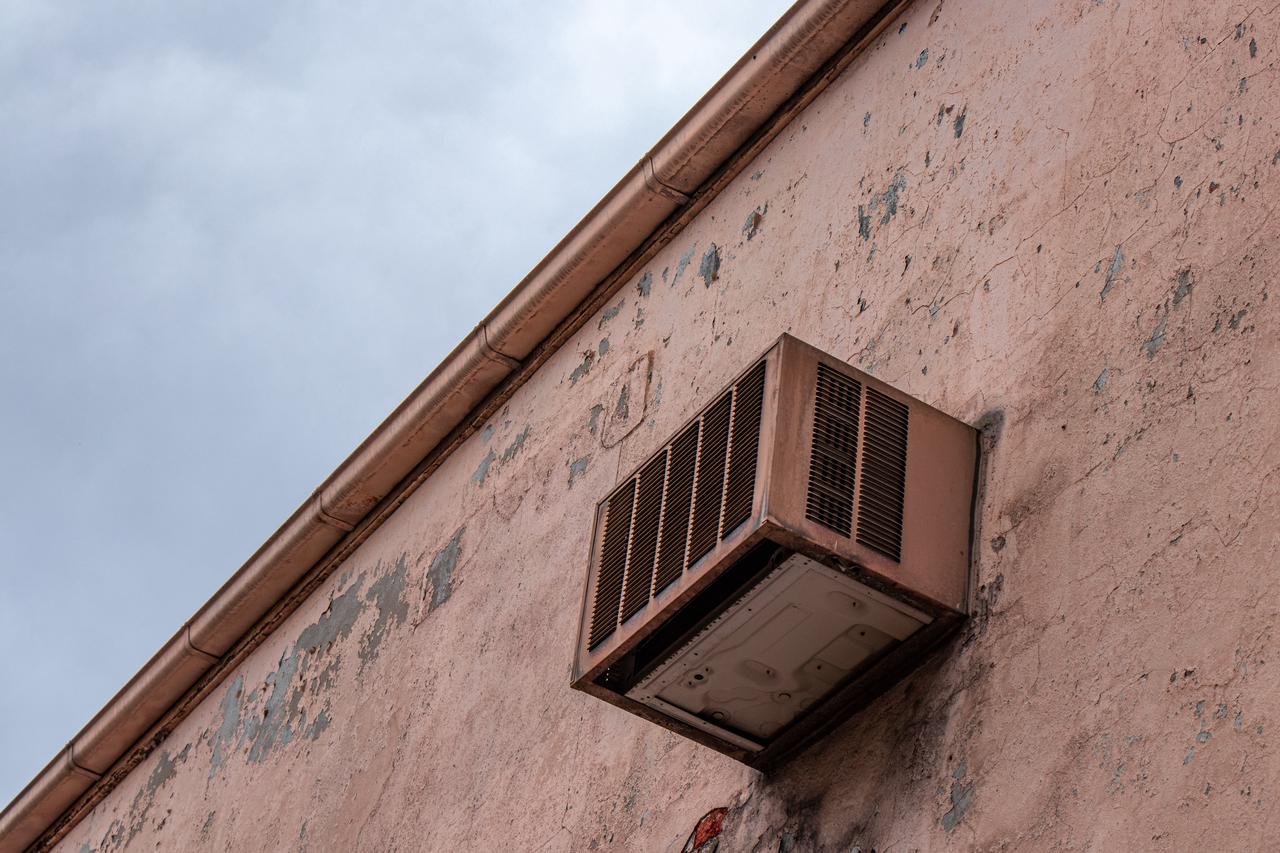
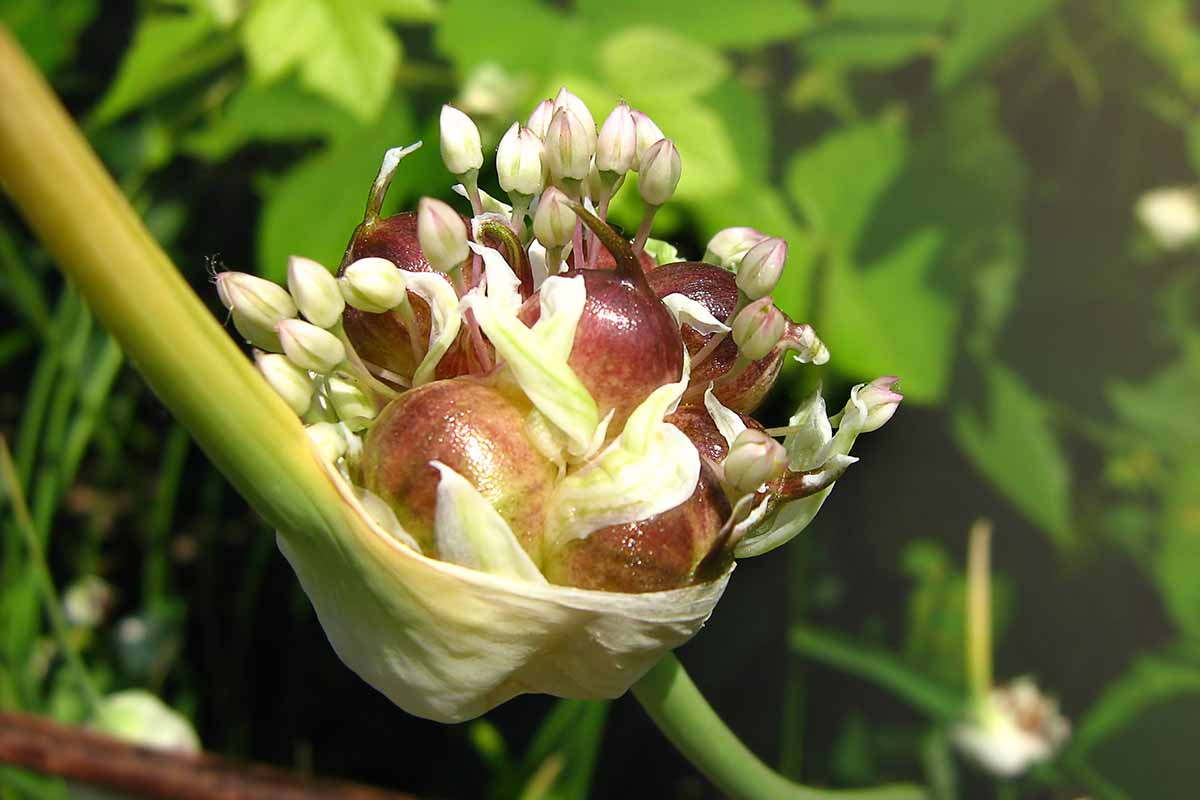



0 thoughts on “What Do Bats Sound Like In A Chimney”